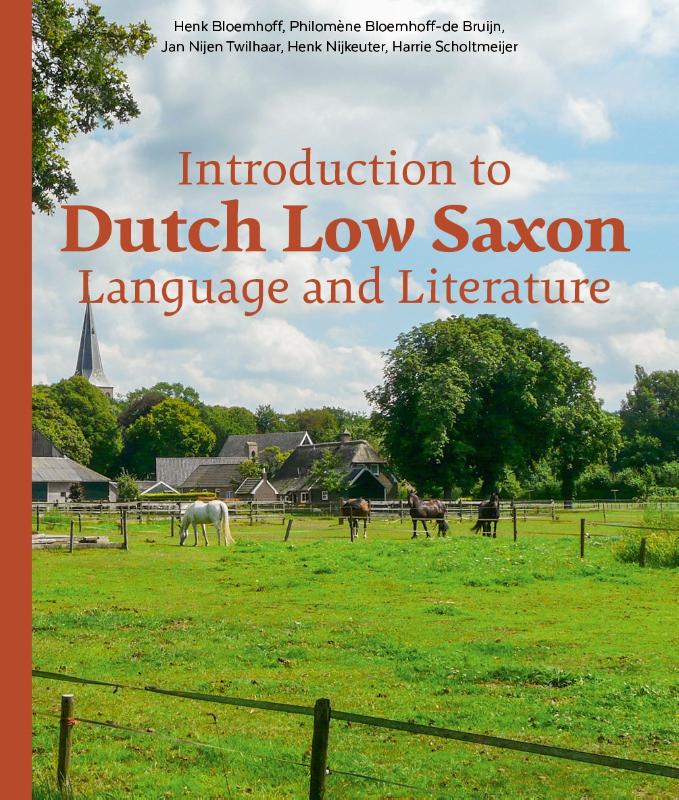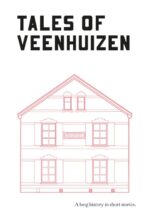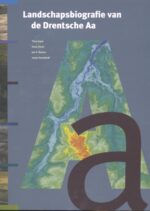Introduction to Dutch Low Saxon Language and Literature
€ 26,50
In 2018, Dutch Low Saxon received national recognition as a full-fledged language in its own right.
In “Introduction to Dutch Low Saxon”, five experts offer a concise yet multifaceted description of Gronings, Drents, Stellingwerfs, Sallands, Twents, Achterhoeks, and Veluws.
The authors cover the sounds, word forms, syntactic characteristics, as well as large-scale dictionary projects. In addition, ample attention is paid to the position the language occupies in society, and to the command and usage of Dutch Low Saxon.
The development of knowledge about Dutch Low Saxon, encouragement to use it, and also preservation of the language are matters that mainly take place in the various regions. This book offers plenty of information on these aspects, and also on the institutes and organisations that deal with Dutch Low Saxon.
Dutch Low Saxon literature is clearly presented on the basis of periods and regions, and the list of sources invites the reader to further delve into the wonders of this centuries-old language.
“Introduction to Dutch Low Saxon” is aimed at people with a general interest in regional languages. This book allows students of Dutch, German and Frisian to raise their knowledge to a higher level. This book may also serve to supplement the knowledge of Dutch Low Saxon of people who work at (regional) language institutes.
Gerelateerde boeken
-
Monumentaal Assen
€ 24,95Waarom schilderen kunstenaars alleen bekende steden? Die vraag stelde de Amsterdamse bankier Wim Berghuis (1930-2014) zichzelf eind jaren tachtig. Voor de in Assen geboren Berghuis betekende dat het begin van een zoektocht naar kunstenaars die zijn geliefde stad Assen wilden vastleggen. Het leidde tot een verzameling Asser stadsgezichten van een groot aantal kunstenaars die hij opdracht gaf om de stad op het doek te vereeuwigen. De inspanningen van Berghuis gingen niet onopgemerkt voorbij. Zijn werken werden in de loop der jaren meerdere malen tentoongesteld, niet alleen in het Drents Museum, maar ook in Berlijn en Bad Bentheim.
Monumentaal Assen – Stadsgezichten uit de Collectie W.H. Berghuis is het langverwachte boek met daarin de complete Collectie dr. W.H. Berghuis. 112 werken van maar liefst 70 verschillende kunstenaars worden afgebeeld en beschreven. Annemiek Rens, Hoofdconservator van het Drents Museum, gaat in op het belang van de collectie en de bijzondere kunstwerken. Martin Hiemink neemt de lezer mee in het leven van Wim Berghuis en de historische verhalen achter de gebouwen en plaatsen die de kunstenaars vastlegden. In Monumentaal Assen – Stadsgezichten uit de Collectie dr. W.H. Berghuis wordt Assen op een verrassende wijze in beeld gebracht en laten kunstenaars de lezer steeds opnieuw kennis maken met de stad.
-
-
Tales of Veenhuizen
€ 15,00Voor iedere niet Nederlands sprekende bezoeker blijft Veenhuizen met haar bijzondere geschiedenis een gesloten boek. Daar kwam de uit Zuid-Korea afkomstige ontwerper Minsung Wang achter toen hij een bezoek bracht aan het dorp. Ondanks de internationale ambities is alles, van folder tot bijschriften op museumbordjes, in het Nederlands.
Speciaal voor buitenlandse bezoekers maakte Minsung het Engelstalige boek, Tales of Veenhuizen. Tales of Veenhuizen is een geïllustreerd boek over de unieke historie van het erfgoed en de cultivering van elk aspect van Veenhuizen. In zeventien korte verhalen, wordt de geschiedenis verteld aan de hand van de moralistische gevelteksten uit de periode van de Maatschappij van Weldadigheid, zoals Orde en Tucht, Werk en Bid en Rust Roest, die overal in Veenhuizen te zien zijn.Veenhuizen and its specific history can easily remain a closed book to the non-Dutch speaking visitor. This became clear to the South-Korean Minseong Wang when he visited the village. Despite the international ambitions of village, almost everything from brochure to the explanatory texts in the museum, is written in Dutch.
So in order to cater to the foreign visitors, Minseong created the book Tales of Veenhuizen, written in English. Tales of Veenhuizen is an illustrated book about the unique history of the heritage and cultivation of every aspect of Veenhuizen. In seventeen short stories, the history becomes more apparent on the basis of the moralist texts originating from the age of the Maatschappij van Weldadigheid (the Benevolent Society). Examples of these texts are Orde en Tucht (Order and Discipline), Werk en Bid (Work and Pray), and Rust Roest (Rest makes Rusty), that can be found everywhere on the house façades in Veenhuizen. -
Landschapsbiografie van de Drentsche Aa
€ 25,00Op 2 juli 2015 verschijnt een bijzonder boek dat laat zien hoe het stroomdal van de Drentsche Aa door de tijd heen veranderde in het prachtige esdorpenlandschap van nu. Tijdens het congres ‘Het Experiment van de Drentsche Aa’ wordt het boek feestelijk gepresenteerd. Het boek is daarna tijdens het festival verkrijgbaar op de Brink in Zeegse!
Het Nationaal Beek- en Esdorpenlandschap Drentsche Aa behoort tot de meest geliefde en waardevolle landschappen. Geen enkel gebied in Noordwest-Europa kent zoveel natuurlijke beken met bijbehorende biodiversiteit als deze streek. Aardkundige sporen uit maar liefst drie verschillende ijstijden liggen hier letterlijk aan onze voeten. Ook in archeologisch opzicht behoort het gebied tot de top van Nederland. Dit uitzonderlijk gaaf bewaard gebleven esdorpenlandschap met zijn fraaie brinkdorpen, zijn oude essen, groenlanden en heidevelden kreeg in 2003 als eerste in Nederland het predikaat Nationaal Landschap.
Deze Landschapsbiografie van de Drentsche Aa beschrijft de lange levensloop van dit bijzondere landschap: van de eerste geologische processen enkele miljoenen jaren geleden, via de prehistorie en historische tijd tot aan het moderne landschap van vandaag. Een team van dertig deskundigen ontsluit in dit boek vijftig jaar wetenschappelijk onderzoek. De biografie is rijk geïllustreerd met landschapsfoto’s,kaarten en landschapsreconstructies die de verschillende levensfasen van de Drentsche Aa weerspiegelen.
Een rijk gevarieerde biografie als ode aan een uniek landschap.
Ineke Noordhoff schreef een aantal columns over de landschapsbiografie van de Drentsche Aa.
Klink op de link om haar verhalen te lezen.
Altijd anders 1




